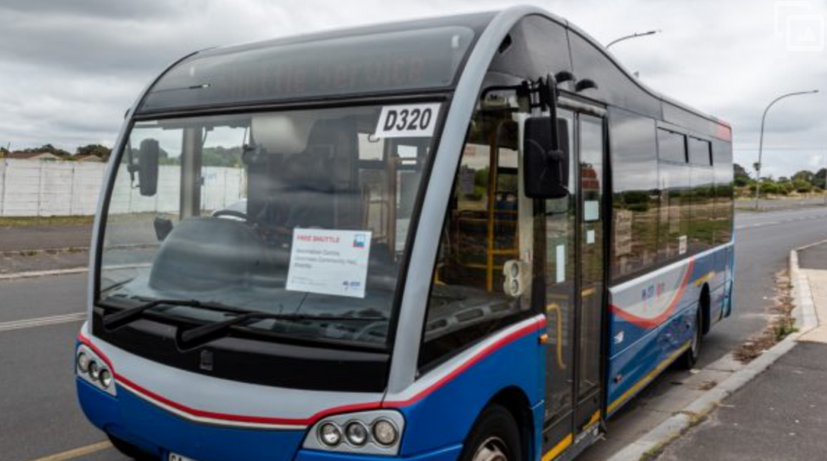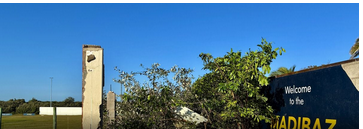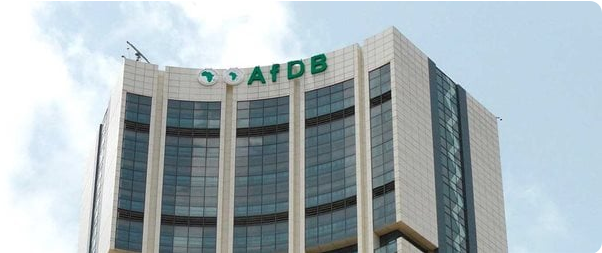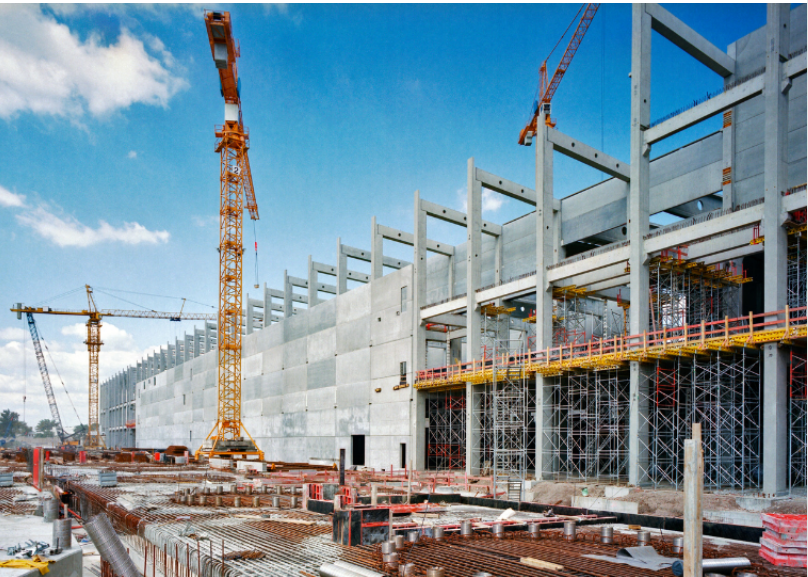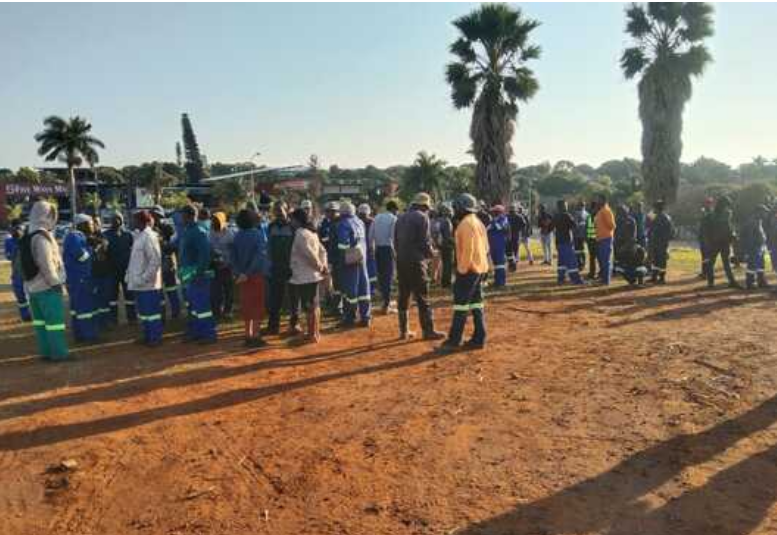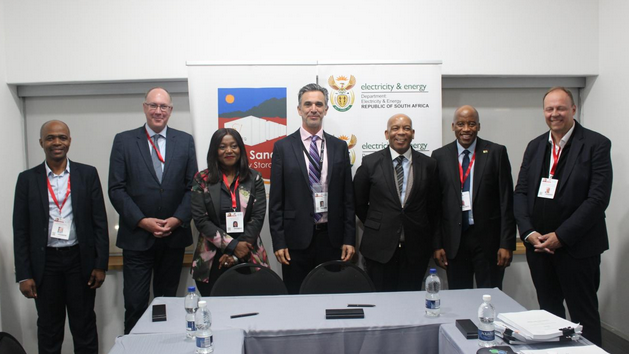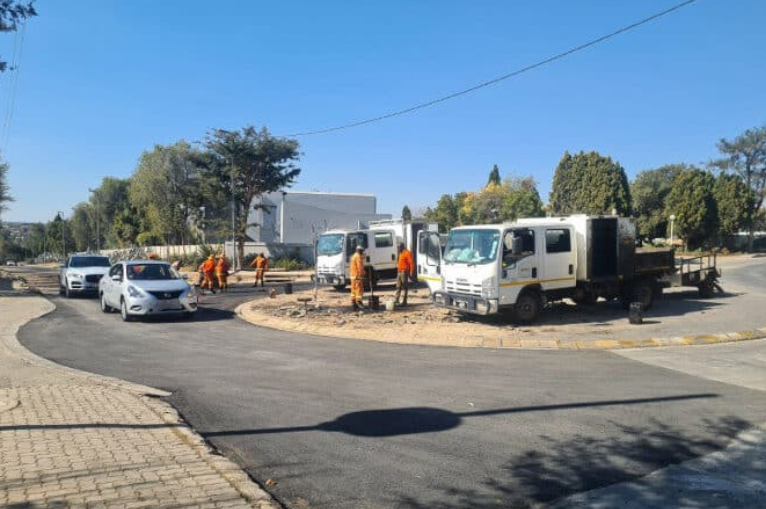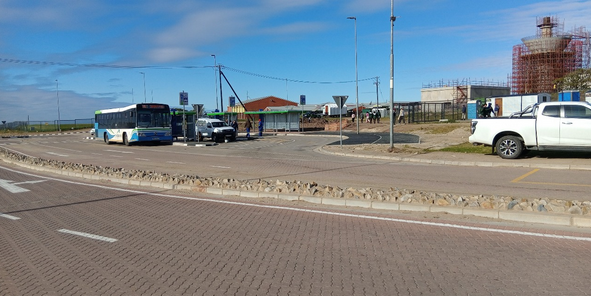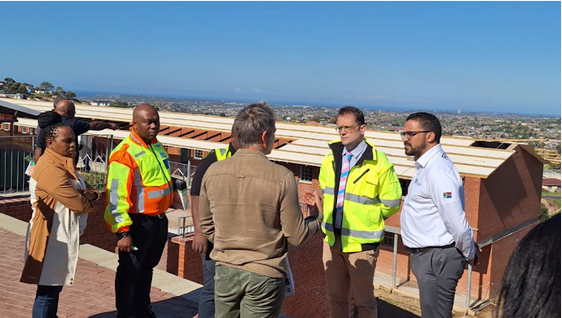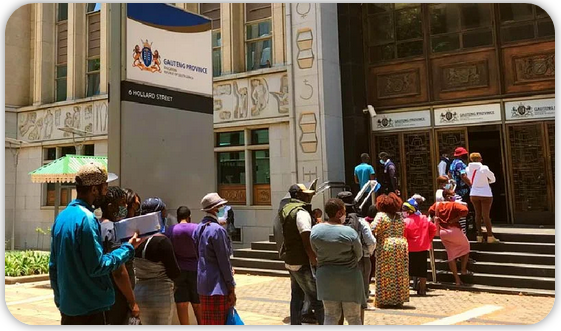Rondevlei Road site enters green recovery phase
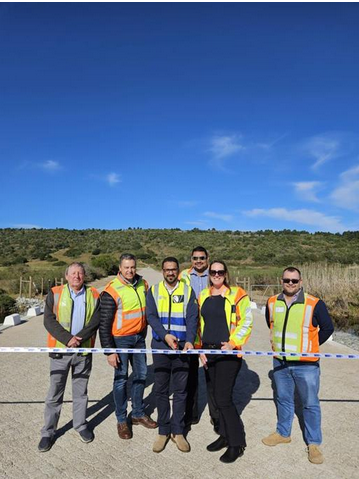
Advertising
03-07-2025
Read : 13 times
George Herald
Source
The Wilderness Lake Area is considered an environmentally sensitive area and as such is protected by the Ramsar Convention.
GEORGE NEWS - While the construction of the D1609 (colloquially known as the ‘Rondevlei Road’) is complete, the work is far from done.
The road was officially reopened on 24 June.
The official reopening of this key road that links smallholdings, forestry and tourism areas within the Wilderness Lake Area to the N2 marked the commencement of a three-year process to rehabilitate the site’s natural vegetation - a requirement set out in the National Environmental Management Act (Nema).
The Wilderness Lake Area is considered an environmentally sensitive area and as such is protected by the Ramsar Convention.
Hence the Western Cape Government had to invest more than R114m in the project to not only upgrade the road, but also restore the site’s vegetation.
When the site was initially cleared for construction, the top soil was stored. Since the soil has been put back, the natural seeds that were in it have started growing, which is the growth witnessed now.
“The next step includes re-establishing the route’s unique sense of place and replanting the trees that were lost during the construction process,” said Western Cape Minister of Infrastructure Tertuis Simmers.
He said remarkably, of the 57 protected species trees that were rescued, 53 have survived. They now had to be replanted during their dormant winter phase.
Simmers said his department has also applied for permission from the Department of Forestry, Fisheries and the Environment (DFFE) to plant 20 new seedlings for every protected species tree that could not be saved during construction. With 43 such trees having been lost, this would equate to 860 seedlings.
Significantly, he added, the seedlings they want to plant are a variety of species sourced from the same area, which would preserve the genetic integrity and diversity of the local ecosystem.
If given the green light, the seedlings initiative would complement further planned rehabilitation, including hydro-seeding to restore ground cover and prevent soil erosion.
Should the DFFE approve the proposed seedlings project, the legally required public participation process will be followed.
“We sincerely hope all stakeholders will support this effort in the best interests of the environment. After years of meticulous care to bring us to this point, it would be heartbreaking to see these trees and seedlings suffer or die,” Simmers said.
Recent News
Here are recent news articles from the Building and Construction Industry.
Have you signed up for your free copy yet?
